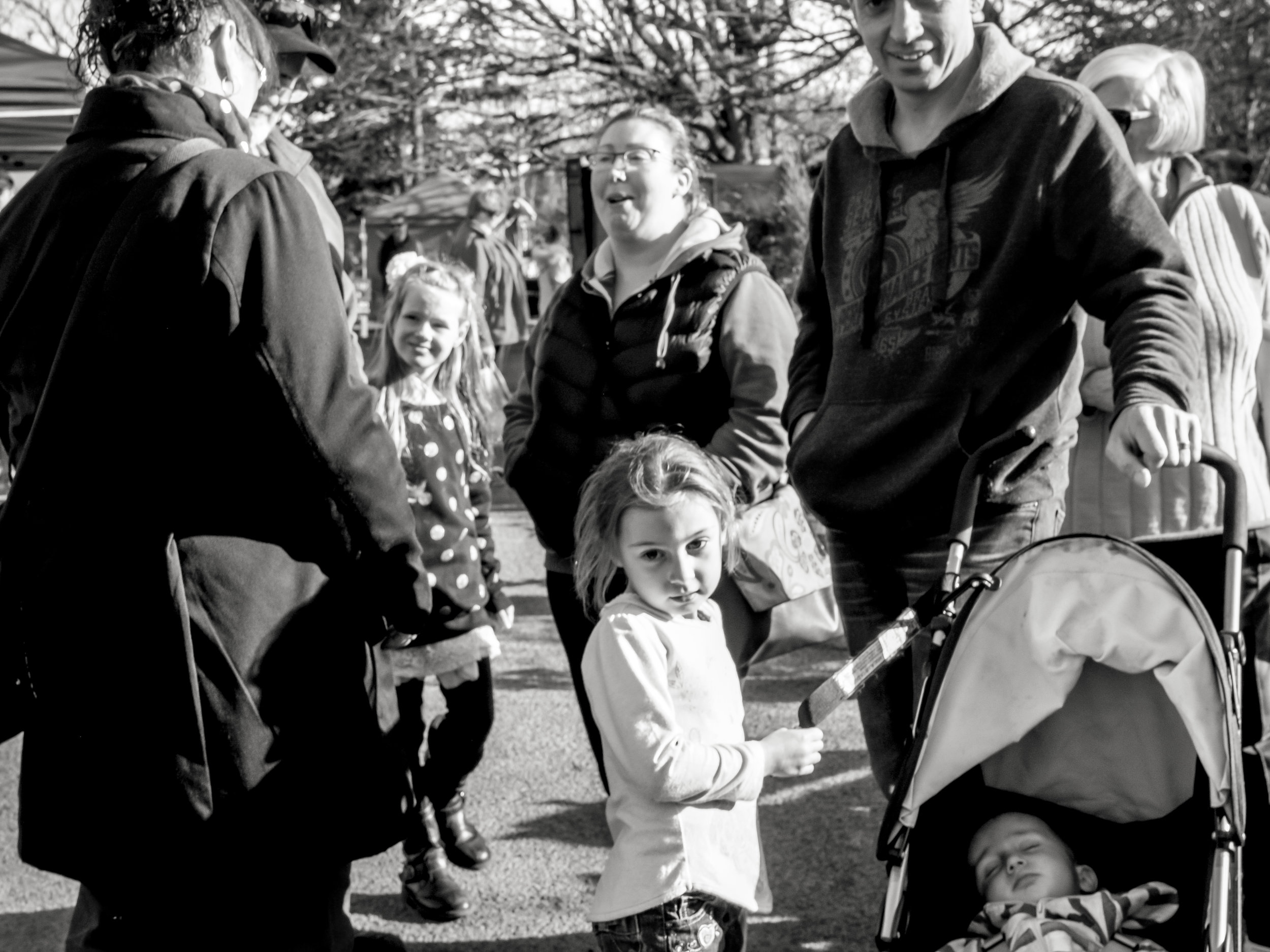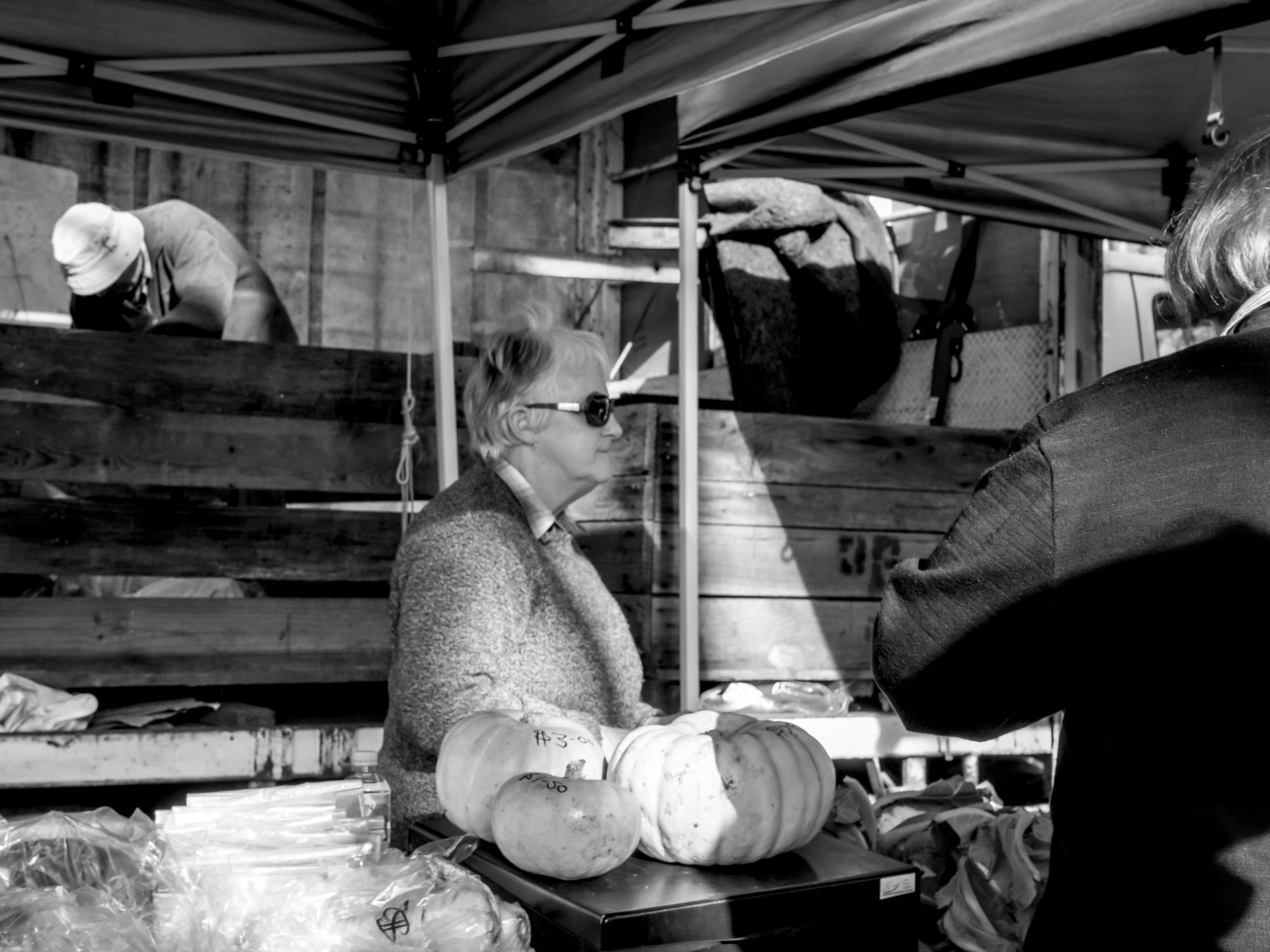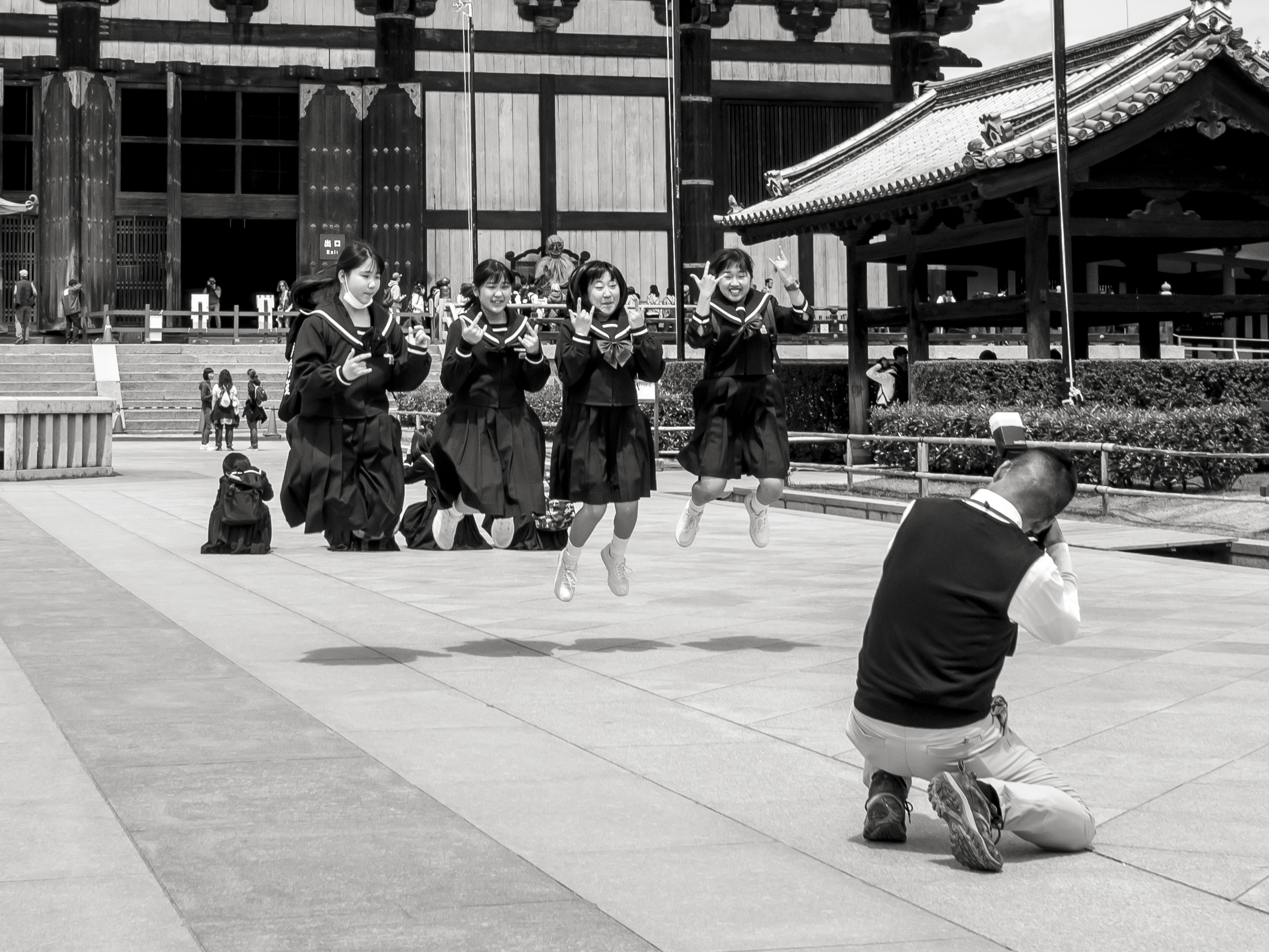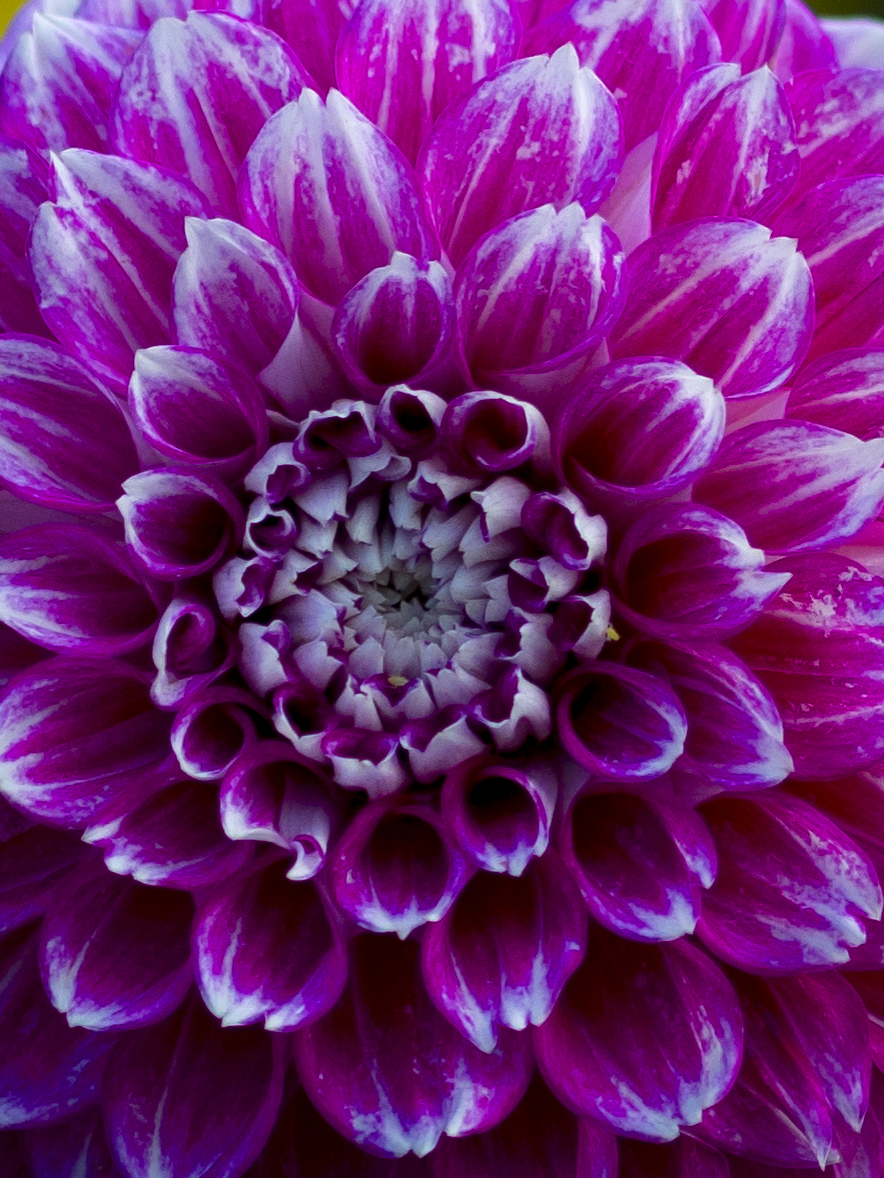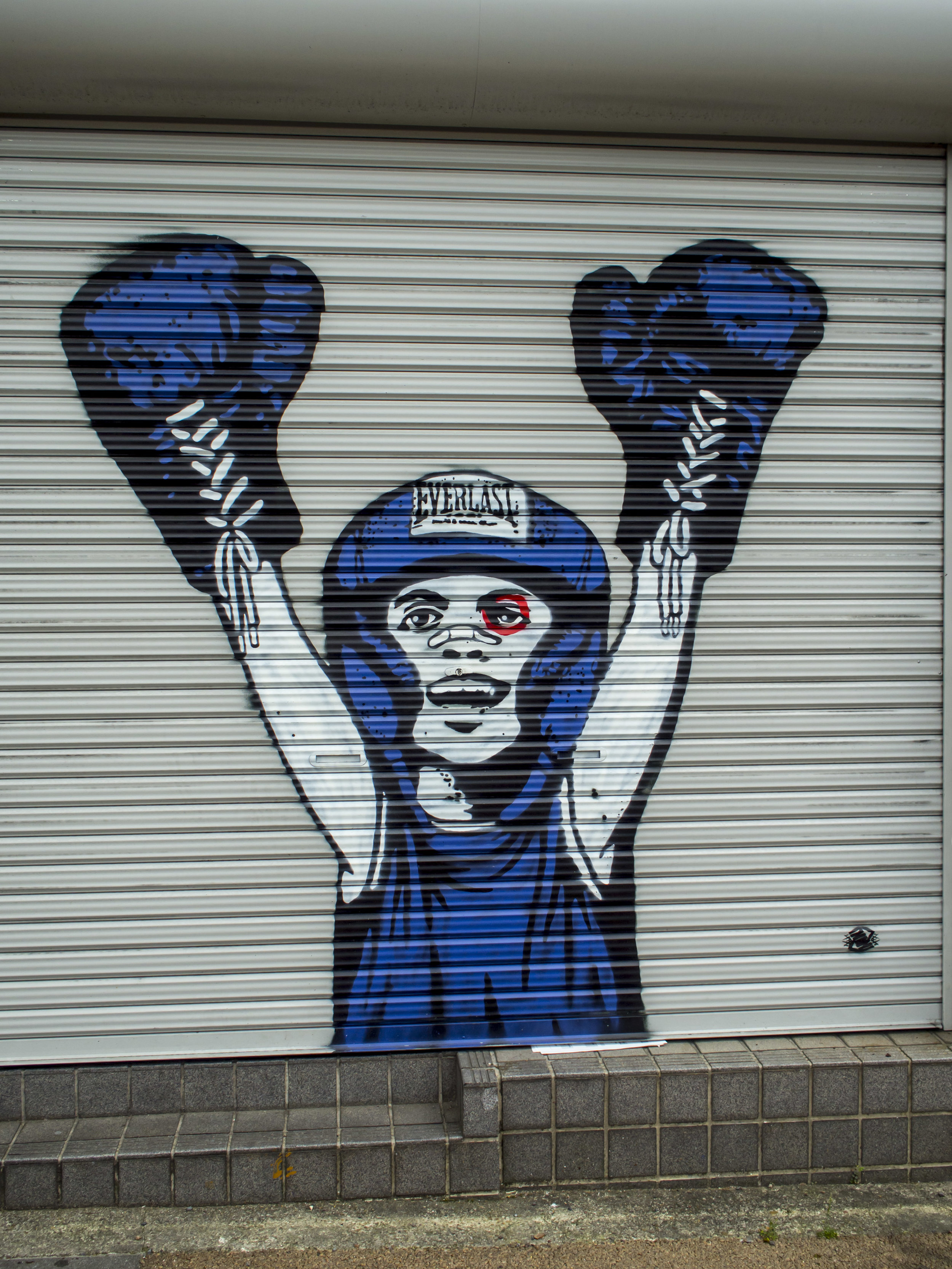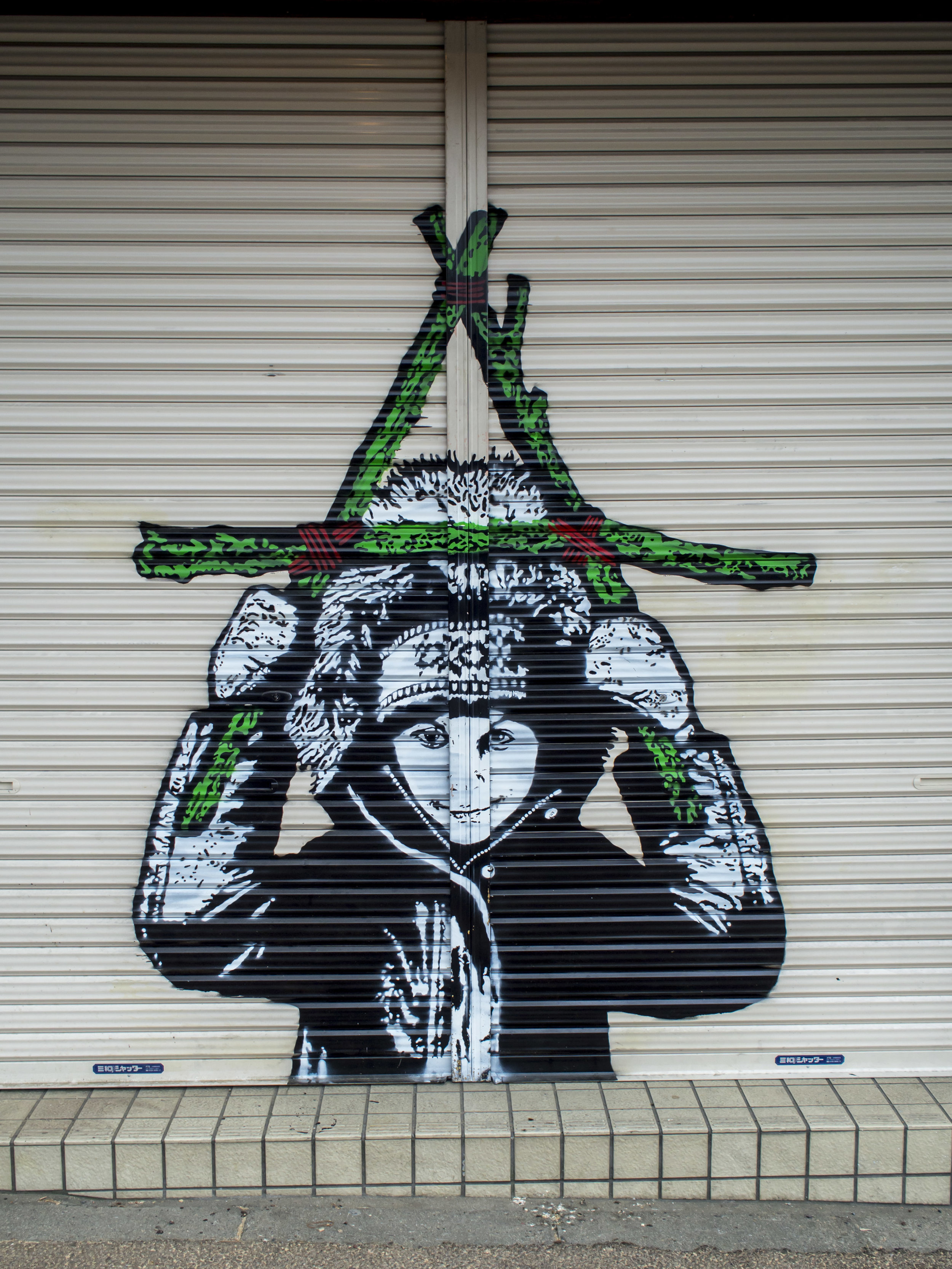As of this month (end of financial year), I have decided to discontinue my active pro work. My main client is quiet at the moment, giving them the chance to fill the spot before it gets busy again.
The work has been fine, much of it fun and I have met some nice people, but the work itself has put pressures on my photography that I did not foresee.
1) Gear pressure*. My OMD EM5 cameras have continually surprised me, but I am starting to resent the use they are getting for work that few ever see and I cannot use personally. On one hand I feel the call of an EM1 mk2 upgrade and on the other, I do not want one just for work and cannot justify it/do not need it for myself. All of the hundreds of images I make get chosen for the odd publication, face book etc., but the quantities do not match the volume taken. The Pen F, one EM5, the 40-150 and 12-40 are pretty much kept in reserve for work only, but I actually wanted them for landscapes where they get little use.
2) Storage. Some jobs can really chew up the space on my hard drives. I have maxed out a couple of drives keeping multiple copies of the original images and my drop box storage is always groaning. I like to run cleanly, but working professionally has forced a shift in my habits, well away from where I want to be, keeping a lot of so-so images just in case. Lately it has been costing me as much to buy storage/drives as I seem to be earning.
3) My interest is flagging. Rather than anticipating my next excursion or trip, I am finding myself inwardly groaning at the thought of another job and my gear sits around in "ready to go" bags, untouched unless a job is on. Please keep in mind that my income comes mostly from a part time retail job, a job that has shown amazing flexibility when needed for my photography, but it is always one sided. The proof to me came on receipt of the half yearly school magazine, filled with my images and with due credit given (a bit too much as it turns out as some of the images were not mine). It was not as fulfilling as I thought it would be. Be careful what you wish for.
4) I don't and never have liked the dynamic of working in photography for money. I would prefer to have someone love my image or purchase a print they like than have to work towards an idea that I have little or no creative input in. As a job I would much rather work to a wage, but those days are gone. I will admit to having little idea of my value photographically and one of my problems stems from not charging enough for my time, not causing resentment as such, but rather a feeling of getting behind, not ahead.
5) I am feeling the relevance of photography wane. This goes back to the reasons I left the camera shop. The industry is tanking, going back to levels of the late 1990's where serious only photographers are buying specialist gear, the vast majority are happy with phone images, the equivalent of compact camera images of the past and don't care to see a difference. This is fine and expected. I am under no illusions that photography is loosing it's preciousness, but I like it and I want to continue doing it, I just don't see the value in doing pro work, for me anyway. My goal was never to work professionally, just to take the images I want and if that led to a job, than ok.







